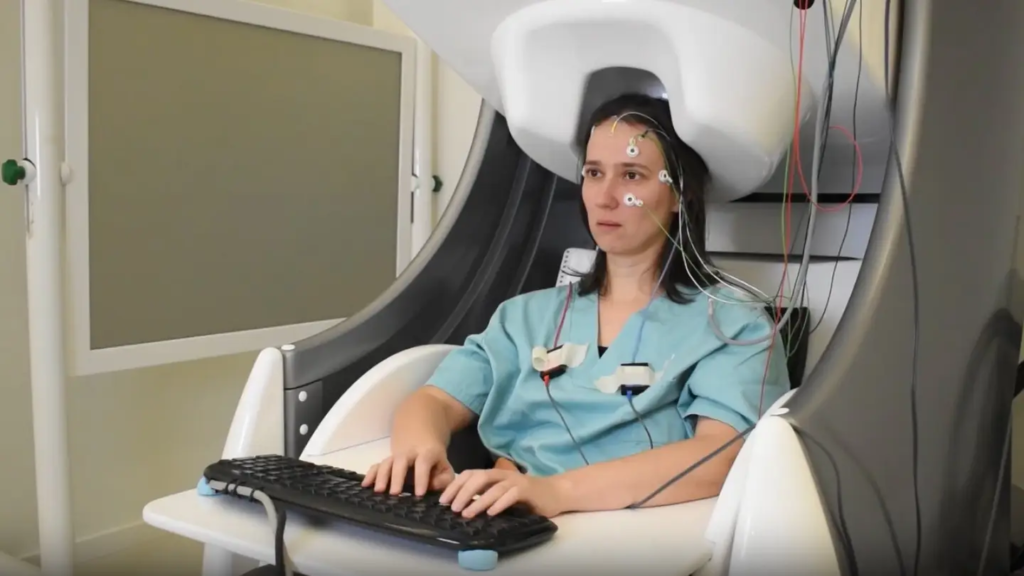Meta (the company behind Facebook) has created an AI that can read your brain signals and type what you’re thinking. This technology, called Brain2Qwerty, could help people who cannot speak or move communicate again without needing risky brain surgery.
The AI is still in early testing, but it is already 68% accurate at guessing letters people think about typing. At present, technology is a significant development in crafting safe, non-invasive brain-computer interfaces.
How the AI Reads Your Mind
The Science Behind Brain2Qwerty
In a study, 35 people watched letters flash on a screen. They then had to type sentences using those letters from memory. Scientists used a machine called MEG (which measures brain waves) to see how their brains worked while thinking about typing.

Next, they trained the AI with this brain data. When tested, Brain2Qwerty tried to predict what letters the person was thinking of. It guessed correctly 68% of the time. When it messed up, it often picked letters close to the right one on a keyboard (like guessing “S” instead of “A”). This shows the AI understands both words and hand movements linked to typing.
How Your Brain Builds Sentences
In a second study, scientists took 1,000 pictures per second of brain activity while people typed. They found that your brain keeps letters, syllables, and words in separate “folders” so they don’t get mixed up.
Imagine your brain is a librarian organizing books. Each letter gets its shelf, and then, syllables and words get their sections. This helps you type or speak smoothly without jumbling words. The AI copies this method to understand sentence structure.
Why This Matters for People Who Can’t Speak
Right now, helping people communicate often requires brain surgery to implant chips. Brain2Qwerty skips the surgery by using a helmet-like MEG machine. This could let people with paralysis, strokes, or diseases like ALS talk again safely.
The tech also teaches us how the brain handles language. This knowledge could lead to better tools for speech therapy for learning disabilities.
What’s Holding Brain2Qwerty Back
AI has big hurdles before it is ready for hospitals or homes. It only works in labs with giant MEG machines, which are expensive and hard to move. The testing procedure, which involved only 35 people, needs to be expanded through additional trials.
Meta requires efforts to develop a compact and cost-effective technology that delivers higher precision results. Despite the advancements at Neuralink toward brain chip technology, Meta maintains an edge through a non-surgical operation procedure that requires improvements for better safety.

Dreaming of a Mind-Controlled Future
Better advancements in Brain2Qwerty technology offer the potential to alter various aspects beyond healthcare. We will type emails through thought transmission and control video games by thinking in the near future.
The ability to prevent hackers from accessing thoughts becomes a matter of concern. Who owns your brain data? The team presently concentrates on creating assistance for individuals who lack the means to express themselves. The advancements made by Meta in this technology will bring humanity one step closer to expressing thoughts through words without verbal or written communication.





